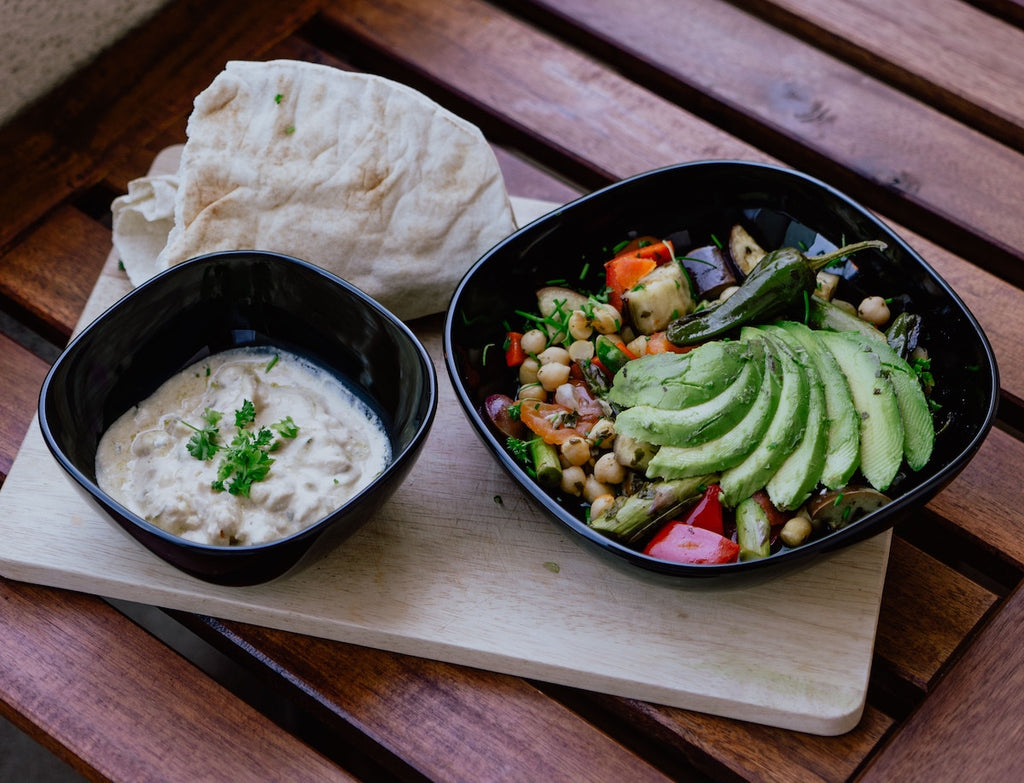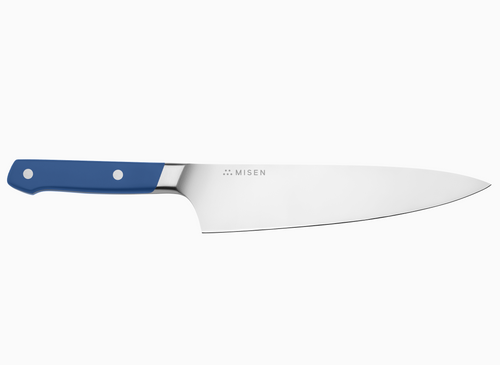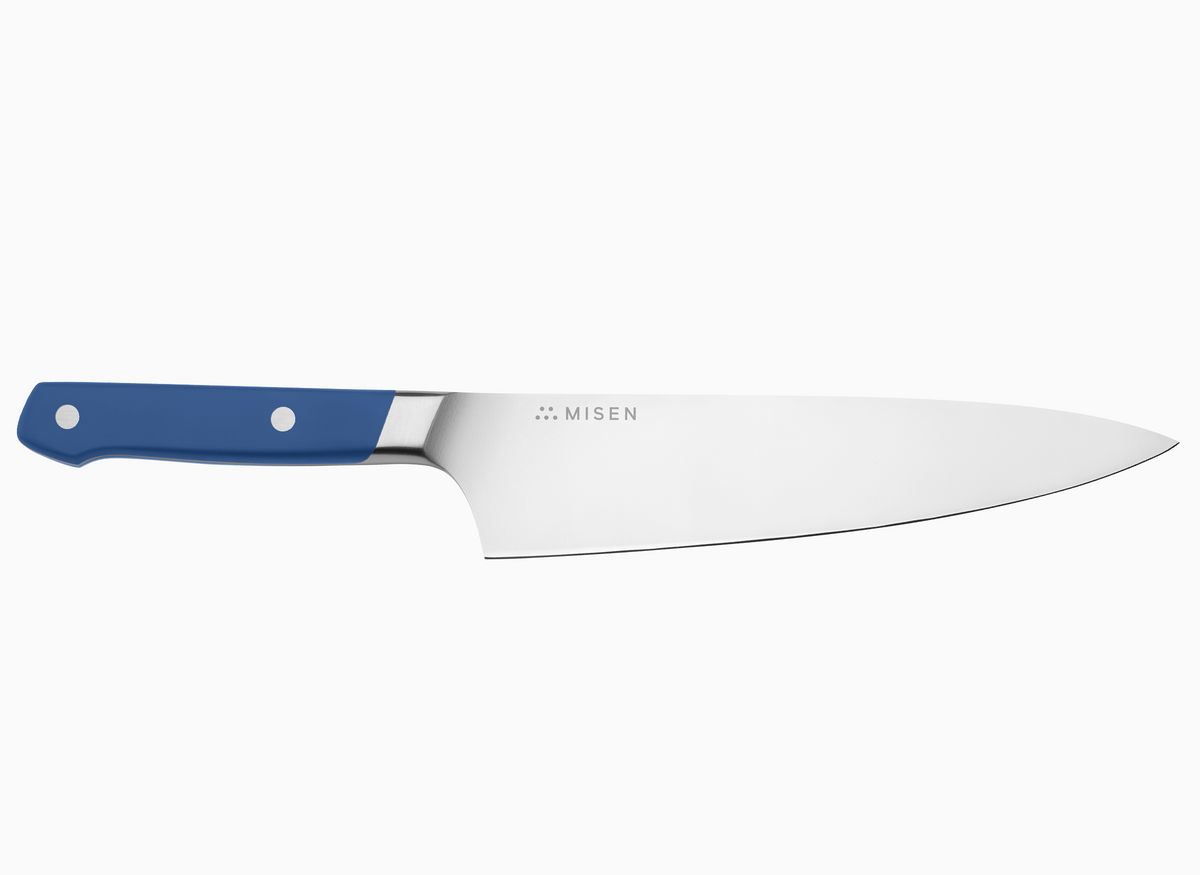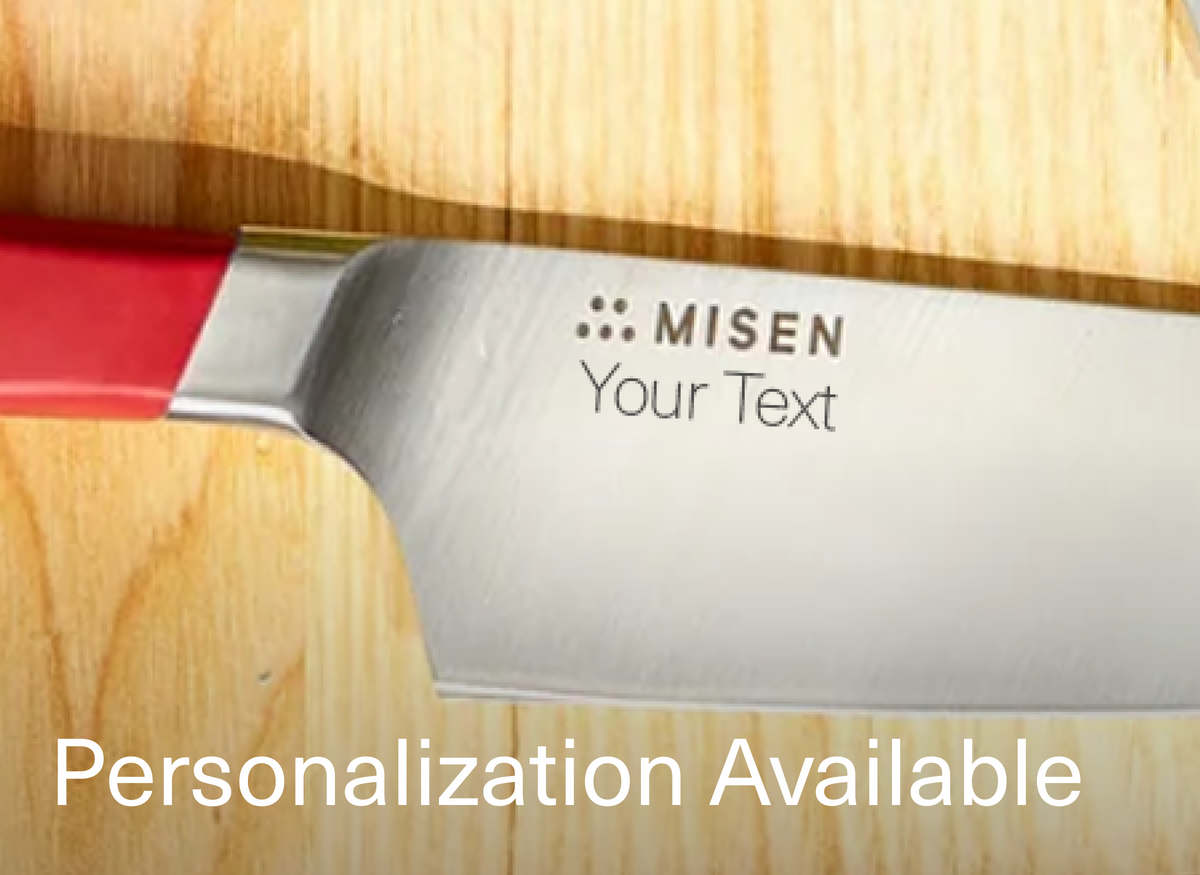Learn How to Cut an Avocado Without the Mess and Mush
 The best knife to cut an avocado is a chef’s knife with a 7-10-inch blade, which can completely slice through the entire length of the fruit.
The best knife to cut an avocado is a chef’s knife with a 7-10-inch blade, which can completely slice through the entire length of the fruit.
- The basic tools needed to cut an avocado are a sharp knife that’s 7-10 inches long, a large metal spoon, and a cutting board.
- It’s best to cut an avocado on a cutting board to prevent accidentally slicing your hand.
- After removing the pit, an avocado can either be scooped or peeled to separate the flesh from the skin.
Odds are, you’ve cut an avocado before. After spending a good chunk of change on avocado toast, the upsize serving of guacamole, and additional avocado on your salad, it’s only natural (and more wallet-friendly) to bring some of this beloved fruit home.
Avocados started rising to fame in the 1990s. But unlike other food trends that evening wane as consumers move on, avocados are growing even more popular and appearing in new dishes everyday.
At home, avocado preparation is rather basic. It’s usually sliced, diced, or more likely, cut in half and scooped straight from the skin. But behind closed kitchen doors, avocado slices can be a mushy mess.
While avocado in any form is just as delicious and nutritious, it can be much more satisfying when well presented. Read on to learn more about how to cut an avocado the right way, whether you want to impress you dinner guests or just keep it from browning.
The Tools You Need to Cut an Avocado
When making avocado mash, a shake, or guacamole, not many tools are needed. As long as the peel and pit are removed, the rest of the soft green flesh can be mashed in any which way.
But if you plan to plate your avocado and want smooth slices and dices, you will need a sharp knife. The best knives to maneuver small fruits, like avocados, are smaller chef's knives or santokus that have an 7-10-inch blade. Anything shorter, such as a paring knife, may not be able to completely cut through the avocado and may result in sloppy slicing.
Although stainless steel and metals are said to cause an avocado to turn brown quickly, this can be prevented by adding a squeeze of lemon juice to the avocado or keeping it in an airtight container. However, all open avocados will eventually turn brown and are best eaten soon after they’re cut.
Some methods for cutting an avocado also require a spoon to scoop the flesh from the skin. A large thin metal spoon — like a serving or soup spoon — is best for this purpose.
It’s also good to have a stable wooden cutting board. Many accidents come about from holding the avocado in your hand while slicing. (It’s actually called “avocado hand.”) By placing the avocado on a cutting board instead, your hand stays safely away from the blade in case of any slips.
The best cutting boards are made of wood, as the material is durable over time and naturally self-healing (the wood fibers close back together after slicing). Choose the largest size that conveniently fits on your countertop. The more space you have to work with while slicing ingredients, the better.
How to Cut an Avocado Into the Perfect Slices
 Avocado slices can be easily cut in two methods — scooping out the flesh or peeling off the skin.
Avocado slices can be easily cut in two methods — scooping out the flesh or peeling off the skin.
Avocados are a stone fruit, like cherries and peaches, which means they have a large stone or pit at the center. In avocados, the pit is what stands in the way of simply slicing the otherwise buttery-soft fruit.
There are two ways to get around this — you can either scoop out the avocado flesh or peel the skin right off.
First, select a ripe avocado — the fruit should yield slightly under a gentle squeeze, and its stem should easily come off to reveal a fresh green color underneath. Wash the avocado, pat it dry with a kitchen towel or paper towel, and place lengthwise on the cutting board.
Position the knife parallel to the board, at the mid-level of the avocado. It’s easier to start cutting at the stem end, as the flesh is thicker and allows the blade to sink in deeply. So if you’re holding the knife using your right hand, spin the stem end to the right and insert the blade into the midline of the avocado.
Then, holding the knife in place (still parallel to the board), use your other hand to rotate the avocado, making sure to keep the fruit connected to the blade’s cutting edge. After a full rotation, the entire avocado will be cut in half.
Place your knife down and take each side of the avocado in one hand. Gently twist the halves in opposite directions until they separate.
The Scooping Method
For the scooping method, you will need to remove the avocado pit first. The easiest way to do this is to take your knife and tap it into the pit with medium to strong force. Though you’ll see people do this while holding the avocado in their hand, it’s safer to do it on a cutting board. Once the knife is lodged into the pit, give it a little twist. The pit should easily pop out of the flesh.
Now, you can start to slice the avocado while it’s still in its skin. Use the tip of the knife to slice or dice the flesh, being careful to cut all the way to the skin. Once the avocado is completely sliced, take a large spoon and insert it between the flesh and the skin. Keep the spoon against the skin and carefully scoop out all the flesh. This will leave you with clean avocado slices. Repeat on the other half.
Alternatively, you can also scoop out the flesh first and slice the avocado afterward.
The Peeling Method
The peeling method is another popular way to cut an avocado. Although it’s not quite as clean cut as the scooping method, as the part close to the peel will have a naturally bumpy texture. However, peeling is a good way to remove most of the flesh from the skin.
Begin with the avocado cut in half, but with the pit still in place. Slice each half in half again to make quarters. Taking each quarter in your hands, give them a gentle twist in the opposite direction to separate the wedges. Now, the exposed pit should be easy to remove by hand.
Starting from the tip of each wedge, gently remove the peel from the flesh. If the avocado is fully ripe, the peel should come off easily. Proceed to cut the wedges into smaller slices or dices, or enjoy as is.
How to Cut an Avocado to Make a Rose Shape
 Avocado roses are an easy way to turn everyday slices into an impressive topping for toasts, salads, or as a pretty edible garnish.
Avocado roses are an easy way to turn everyday slices into an impressive topping for toasts, salads, or as a pretty edible garnish.
Put a spin on your everyday toast by making avocado roses. These twirled slices fit perfectly on a slice of toast and create a beautiful breakfast plate.
Start by slicing the avocado in half lengthwise and removing the pit. Then, take one avocado half and either remove the peel by hand or scoop out the flesh with a spoon. Make sure the entire half stays intact.
Place the half across the length of the cutting board with the cut side down. Using a sharp knife, slice the avocado as thin as possible — thinner slices are easier to form into a rose shape.
When the entire half is sliced, spread them out diagonally into a long line, with the slices still overlapping each other. Form the line into a curved U-shape. Then, taking one end of the slices, start rolling them into a tight coil. (Watch this tutorial for a clear visual.) Continue until the entire length is rolled and you have a gorgeous, green avocado rose. Serve on toast with some cracked pepper and a squeeze of lemon or lime juice, on top of a salad with fresh greens and herbs, or as an edible garnish to any meal.
How to Cut an Avocado to Prevent Browning
This is a less frequently used technique to cut an avocado, but it does effectively reduce browning by exposing less of the fruit’s delicate flesh to oxygen (which is what causes the discoloration).
Rather than slicing the avocado lengthwise and leaving more surface area open, simply slice the fruit crosswise around its circumference. Place the avocado lengthwise on the cutting board and hold it firmly with your non-cutting hand.
Then with the knife perpendicular to the board, make a slice right into the avocado. the point to make the cut depends on how much you want to consume. For example, a single smoothie serving may need half an avocado, while a small slice of toast may just need ⅓ of the fruit.
With the knife inserted in the right spot, begin spinning the avocado with the non-cutting hand until fully rotated. Then, pop off the top of the avocado and peel it using your fingers or a regular spoon.
Cutting the avocado this way leaves only a small part of the avocado exposed and susceptible to browning. It also allows you to cut only how much avocado you want to consume.
Cover the cut avocado end with plastic wrap or any other food wrap and keep in the refrigerator. Slice more by repeating the steps, going down the length of the avocado.
Halve Your Avocado and Eat it Too
Through the years, avocados have become a staple in food establishments, markets, and even your 24-hour corner convenience store — and for good reason. The popular fruit packs a lot of nutrition and can be enjoyed in a number of delicious ways.
Avocados are one of the easiest fruits to cut and prepare in a few quick slices. With just a few ripe avocados, the right kitchen tools, and any of the above methods, you can learn how to cut an avocado in no time.








